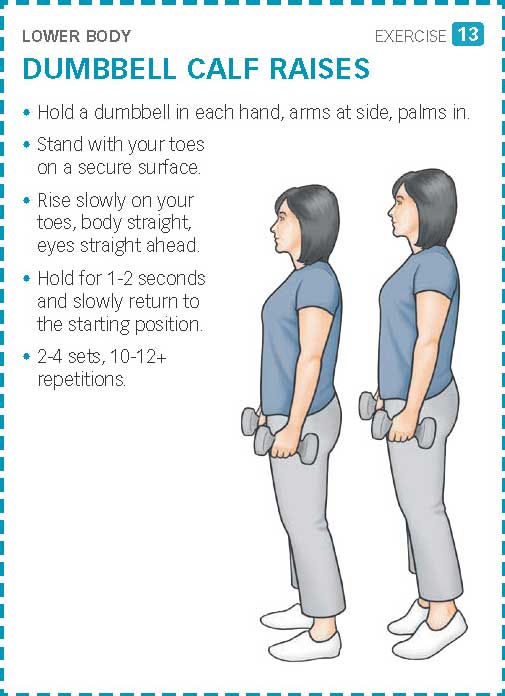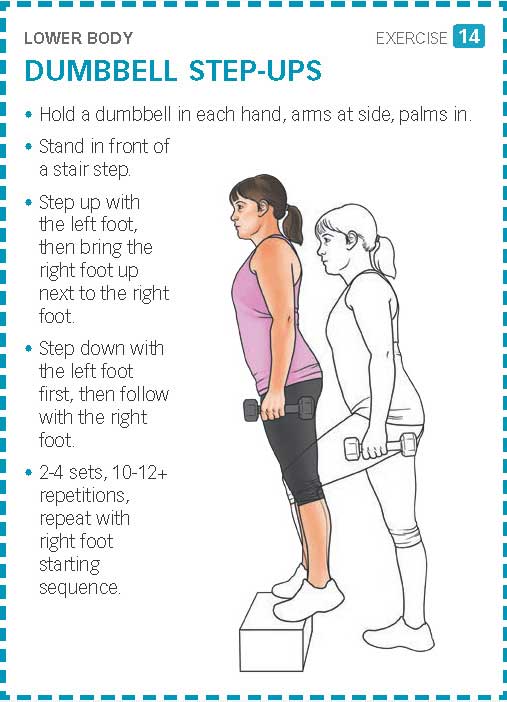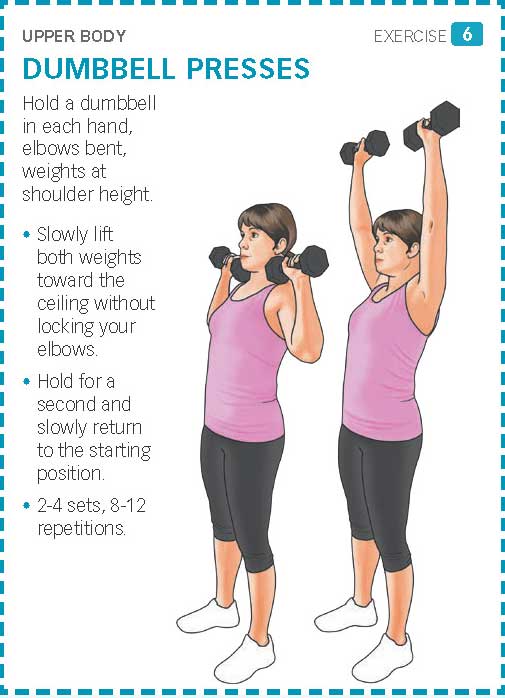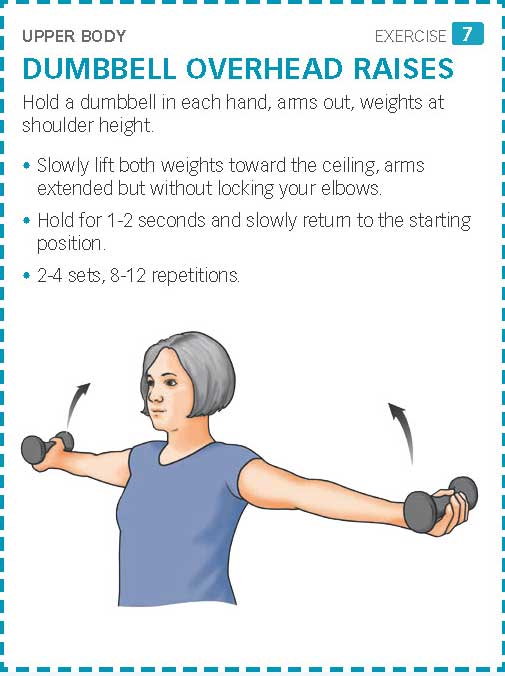Tendinitis: Different Causes But Same Condition, Regardless of Age
Tennis elbow, swimmer’s shoulder, and jumper’s knee all involve tendinitis, but you don’t have to be an athlete to develop the condition.
A tendon is one of more than 1300 fibrous tissues that connect muscles to bones. Tendinitis (also spelled tendonitis) is inflammation of that tendon and is one of the most common conditions seen by primary care physicians and orthopaedic surgeons.
Causes of Tendinitis
In younger people, tendinitis usually affects athletes who do a lot of running, throwing, swinging, and jumping. It can be caused by a sudden injury, but it’s more likely to develop over time.
In older adults, the problem is degeneration of the tendon, probably made worse by repetitive movement or overuse of a muscle or muscle group. It’s not unusual for tendinitis to be associated with rheumatoid arthritis, osteoarthritis, gout, or even diabetes.
Among the risk factors are age (tendons becoming less flexible), occupation (repetitive movements, bad posture, awkward positions), sports (tennis, golf, swimming), and the health conditions mentioned above.
Although tendinitis is often associated with the elbow, shoulder, or lower leg (think Achilles tendinitis), it can develop in the wrists, fingers, thighs, and other parts of the body.
The Achilles tendon, the largest and strongest tendon in the body, carries loads reaching up to 10 times body weight during some activities.
Tendinitis Symptoms
Regardless of where in the body tendinitis happens, the symptoms are similar. They include:
- Pain around a joint
- Pain that gets worse with movement
- Tenderness
- A crackling or grating feeling with movement
- Redness and heat
- Mild swelling
- Possible lump on the affected tendon
Tendinitis Diagnosis
Diagnosis for almost every orthopedic condition involves a medical history, physical examination, x-rays, and possible ultrasound or magnetic resonance imaging (MRI) to get a clearer look at the injury. Your primary care physician or an orthopaedic surgeon will follow the same protocol.
Tendinitis Treatment
At-home treatment for most orthopedic problems, including tendinitis, should follow this pattern:
- Stop doing the activity that causes symptoms until the inflammation subsides.
- Use ice applications 10 to 15 minutes at a time, three to four times a day, at least for the first 48 hours, to limit inflammation and swelling.
- Use heat applications (heating pads, hot towels, topical medications, or warm baths to relieve pain.
- Try over-the-counter medications (aspirin, ibuprofen, naproxen, or acetaminophen) for pain relief.
Without treatment, tendinitis can lead to a ruptured tendon. If the symptoms get worse in spite of home treatment, see a doctor. Medical treatment could involve physical or occupational therapy, corticosteroid injections into the joint to address inflammation, or extracorporeal shock wave therapy (ESWT) to break up calcium deposits.
Prevention of Tendinitis
Compared to other lifestyle habits that are hard to break (overeating, smoking), lowering the risk of tendinitis is relatively easy.
Start by avoiding the same position (including sitting) for long periods of time and being aware of your posture at work and at home. This is especially important when sitting in front of a computer screen—hips back as far as they will go, back supported, shoulders relaxed, wrists and hands straight, feet flat on the floor, and knees even with or slightly lower than your hips.
Don’t forget to take breaks. Do at least one to two minutes of stretching every 20 to 30 minutes.
When working with or lifting heavy objects, use a firm but not overly tight grip. Use both hands and carry heavy objects close to and in front of your body—not to the side.
With any new exercise or challenging physical activity, go slow. Gradually increase the intensity, duration, and frequency.
Ease up on activities that place stress on specific tendons, and mix up work and recreational activities to avoid stress. Exercise technique is important. Consider taking lessons or getting professional instruction when starting a new sport or using exercise equipment.
Stretch, Strengthen to Guard Against Tendinitis
The American College of Sports Medicine recommends stretching and strengthening exercises for joints and the muscles that support them. Here are two for the upper body and two for the lower body. For these and 53 more exercises to guard against tendinitis, watch for More Easy Exercises for Strength & Power, to be published later this year.






 Vestibular Migraine Diet
Vestibular Migraine Diet  Bone Spurs on the Spine
Bone Spurs on the Spine  Knee Injections for Osteoarthritis Pain Relief
Knee Injections for Osteoarthritis Pain Relief 
Although tendinitis is often associated with the elbow, shoulder, or lower leg, it can develop in the wrists, fingers, thighs, and other parts of the body.
© Thodonal | Dreamstime.com